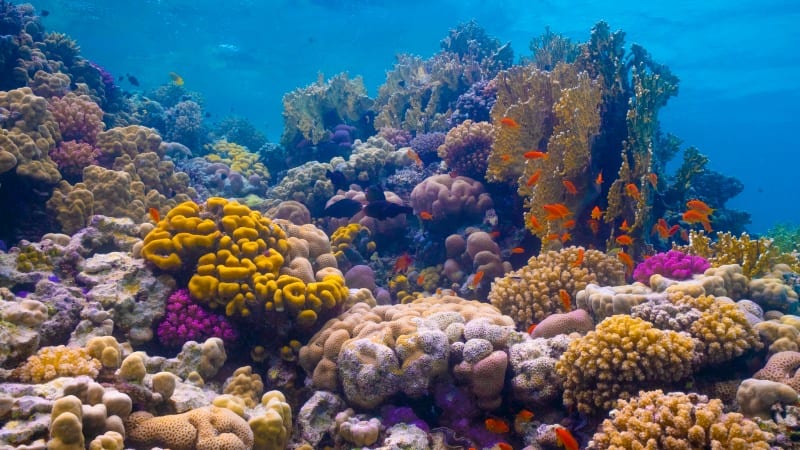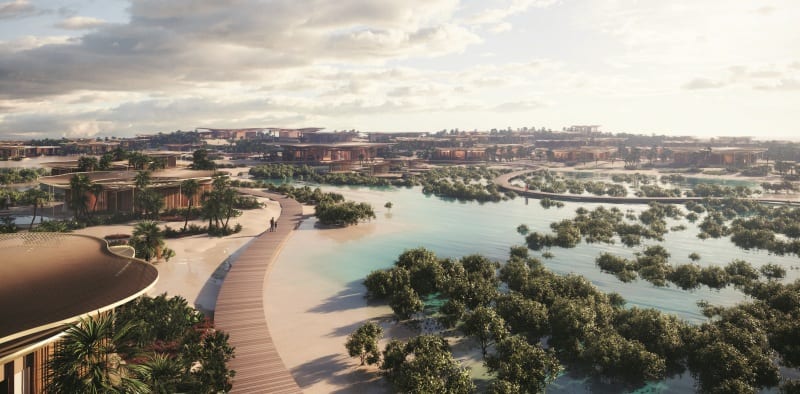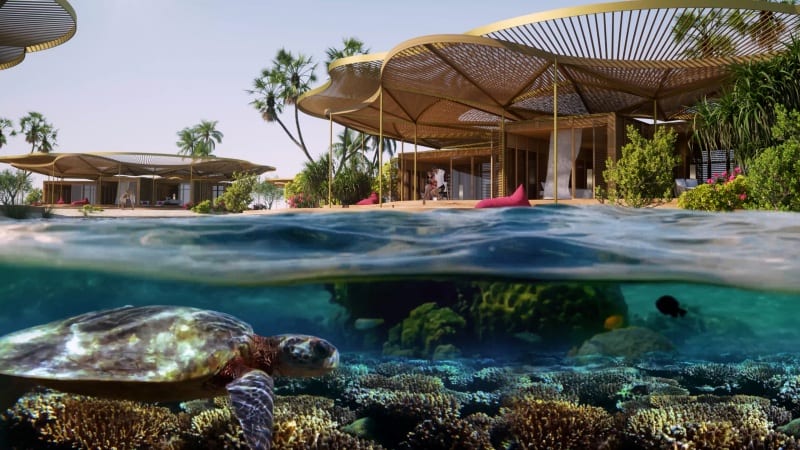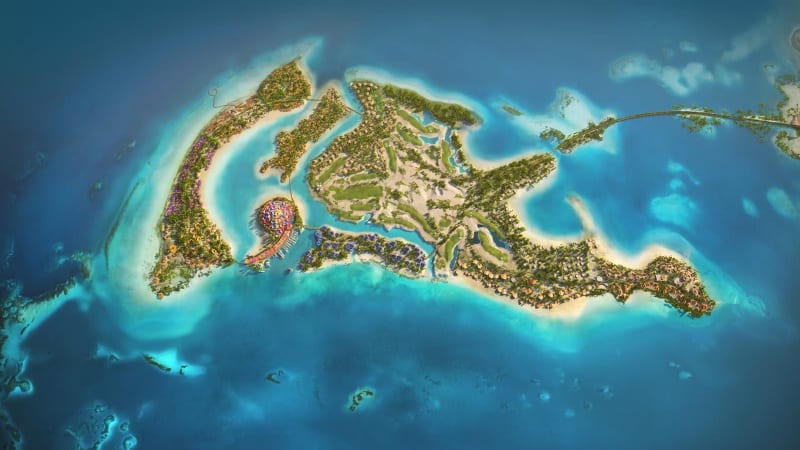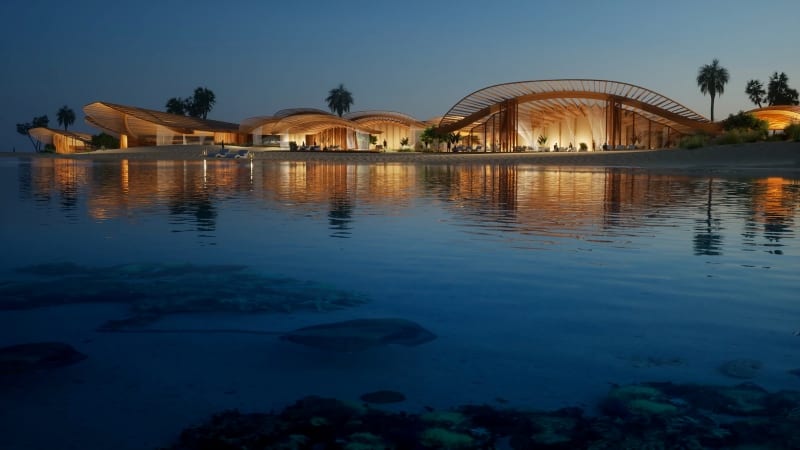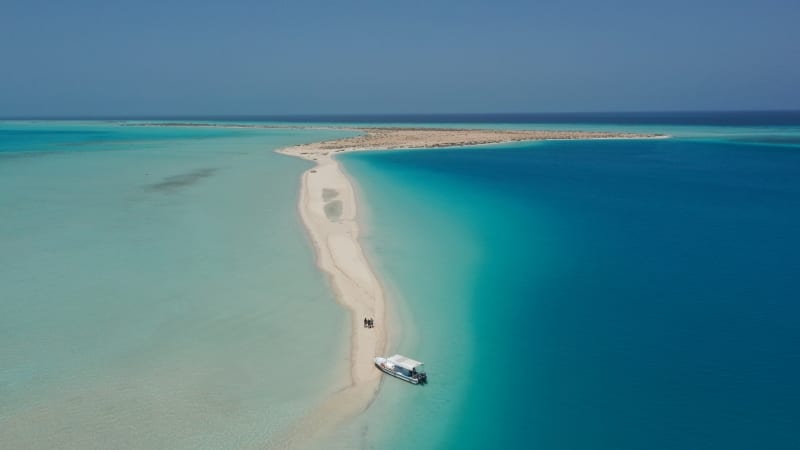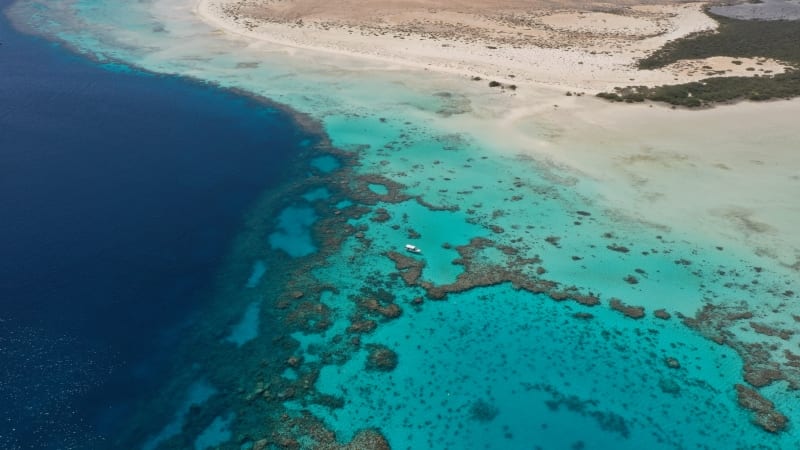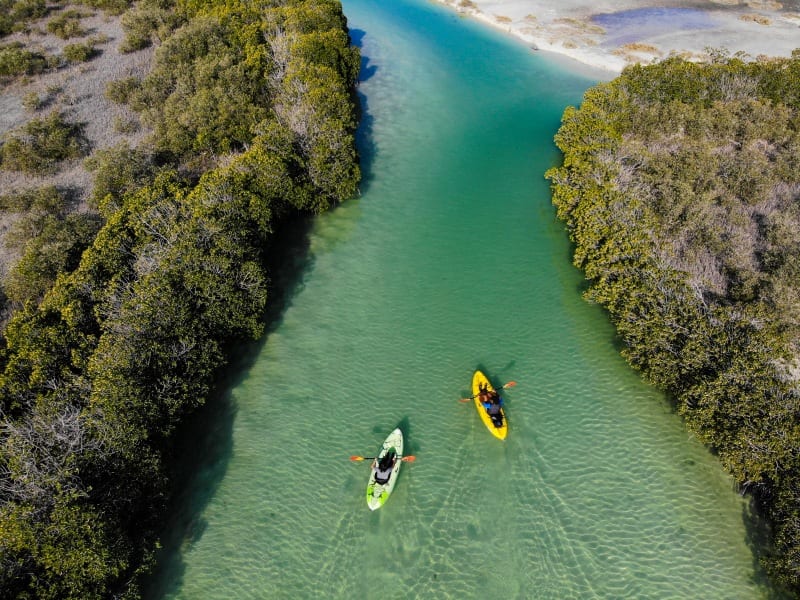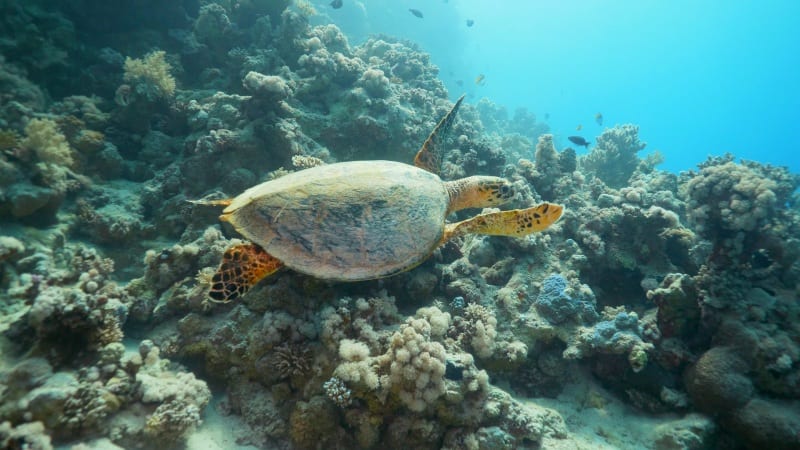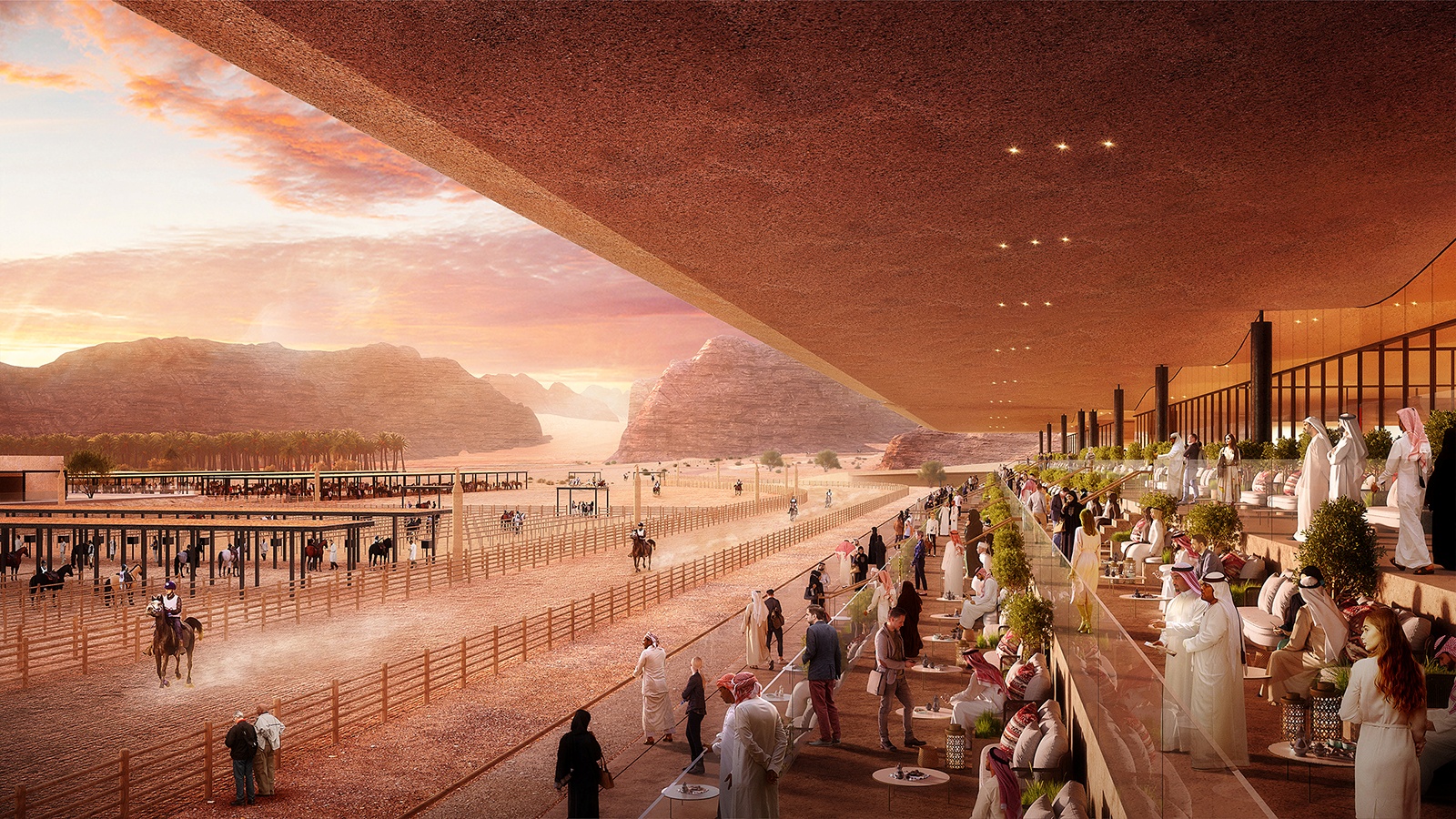The Coral Bloom on Saudi Shores
Touted as one of the most ambitious regenerative tourism projects in Saudi Arabia, the Coral Bloom on the Shurayrah island was launched recently. Designed by Fosters + Partners, the project is inspired by the natural environment and will be so built that it puts a minimum impact on the island and its environment.
The Cloral Bloom Concept was launched by His Royal Highness Prince Mohammed bin Salman, Crown Prince, Chairman of The Red Sea Development Company (TRSDC) in the month of February 2021. Hailed as the world’s most ambitious regenerative tourism project, the striking vision for its main hub island at the destination, Shurayrah, is designed to blend in with the island’s pristine natural environment. Coral Bloom will be made up of 11 hotels on the dolphin-shaped island of Shurayrah, which is part of a chain of 90 undeveloped islands off the west coast of Saudi Arabia that is being developed as part of The Red Sea Project.
Shurayrah is one of 22 islands being developed as part of The Red Sea Project, which aims to have its first hotels open in 2022. The development also includes the construction of an international airport on the mainland nearby that is also designed by Foster + Partners.
When the project completes in 2030, it will contain 50 resorts with a total of 8,000 hotel rooms and 1,300 residential properties.
Foster + Partners, Head of Studio, Gerard Evenden said: “Our vision for Shurayrah is inspired by the island’s natural state, with the hotels designed to give the impression that they have washed up on the beaches and nestled among the dunes almost like driftwood. The materials we use are low impact and ensure that the pristine environment is protected, while the additions we make to the island serve to enhance what is already there – hence the name, Coral Bloom.”
Biodiversity considerations take centre stage, with the plan designed to avoid disruption of the island’s mangroves and other habitats, a natural defence from erosion while new habitats are created through landscaping to enhance the island’s natural state.
“It is dealt with as a single entity with 11 hotels on it,” explained Evenden. “But what we wanted to do was to try to pitch the hotels so that the hotels appeal to different people at different times of their lives.”
“You come to the island on your honeymoon and you see the island and you experience a hotel on the island,” he continued. “But you come back again when you have young children and you experience it in a different way. And so on through life. Through to old age.”
The proposal also outlines designs for the island’s 11 hotels, adapted to suit traveller expectations post-Covid-19, including more space. Immersed into the landscape to effectively form part of the sweeping dunes, the design allows the island’s natural beauty to reign supreme.
The design sees new beaches created on the dolphin-shaped island along with a new lagoon. These enhancements will contribute to raising the level of the land, providing a defensive layer from the global threat of rising sea levels. Importantly, the changes aim to preserve or enhance what already exists on the island, without damaging any habitats or natural shores.
The island’s natural landscape will be used to dramatic effect with all hotels and villas nestled within the landscape. The absence of high-rise buildings will ensure the spectacular vistas remain uninhibited while creating a sense of mystery for guests as the island slowly reveals itself.
The resorts themselves will be created using lightweight materials with a low thermal mass and manufactured offsite, meaning more energy-efficient construction and less impact on the environment. The entire destination will be powered by renewables, underpinned by the largest battery storage system in the world.


